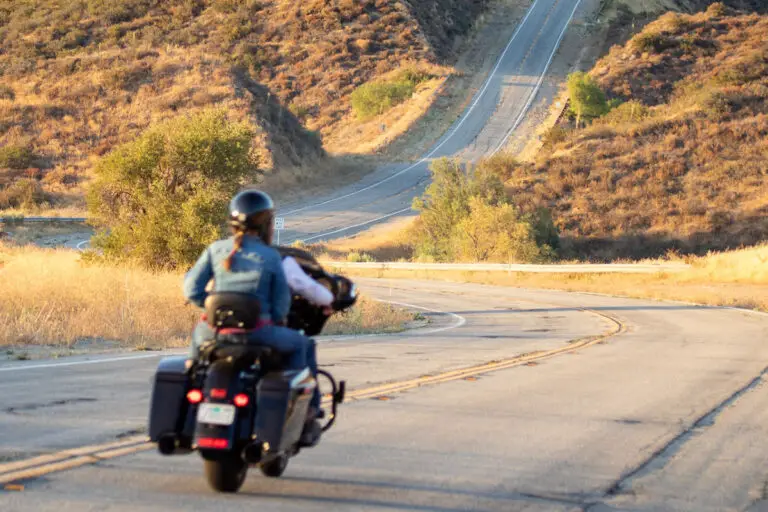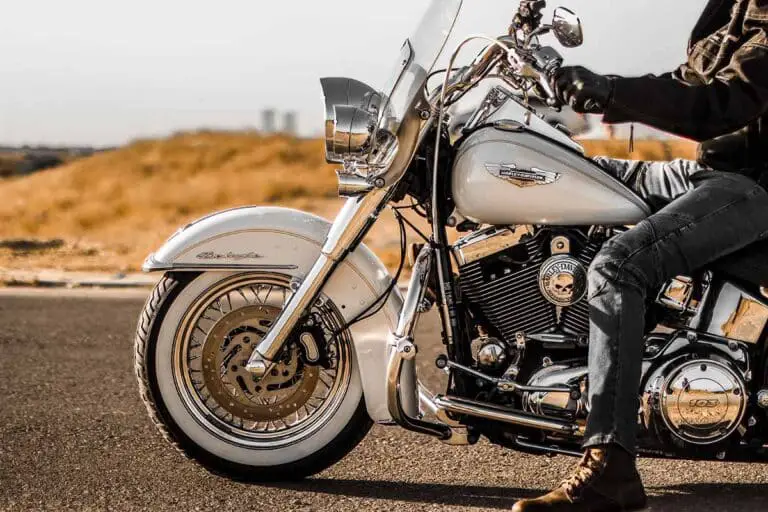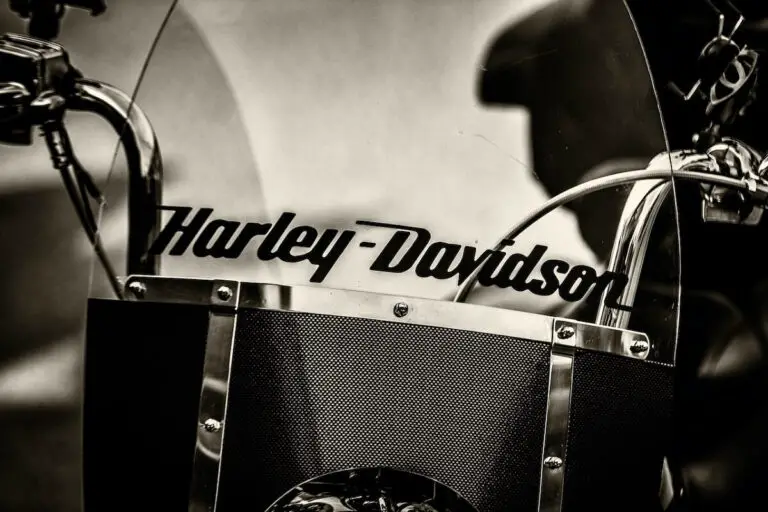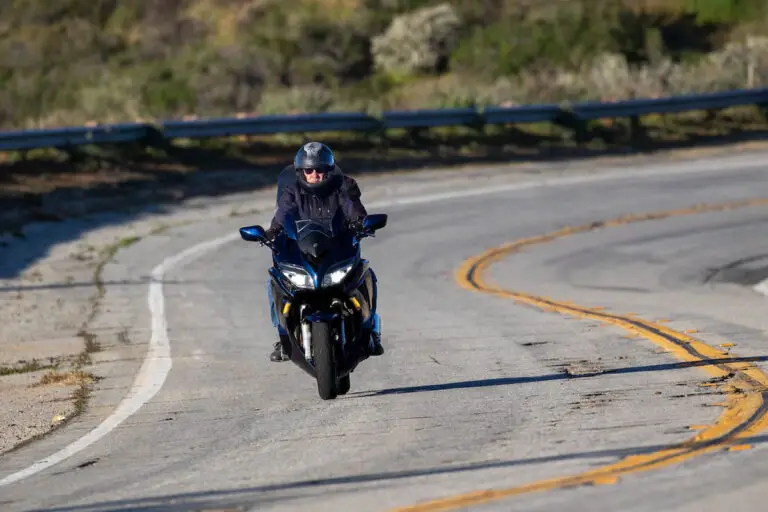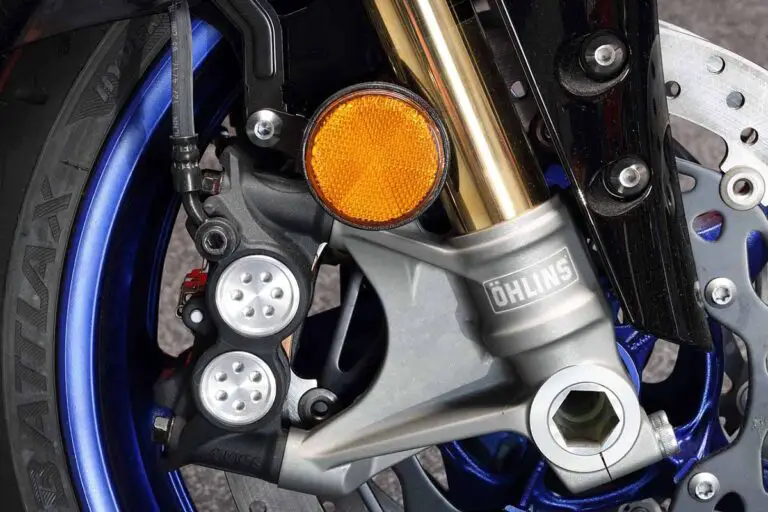How Fast Do Mopeds Go?
Disclosure: We may get commissions for purchases made through links in this post.
While motorcycles are generally considered fast machines, not all subsegments can rip through the pavement in seconds. Such is the case with the moped. Its urban-appropriate mannerisms are perfectly mated to an equally tamed top-speed rating. And because of this, owners cannot help but think of ways to make it faster. Meanwhile, inexperienced riders wonder, “How fast do mopeds go?”
Typically, mopeds have a top speed rating between 25 mph (40 km/h) and 40 mph (65 km/h). But given motor displacement, tire size, body profile, and modifications, they can go faster than 63 mph (101 km/h). No single moped is universally known for having the highest registered top speed.
These speed ratings apply to most production models. However, not all moped iterations are limited to these values. If you want to know more about other contributing factors to your moped’s top speed (among other things), stick around and continue reading this article.
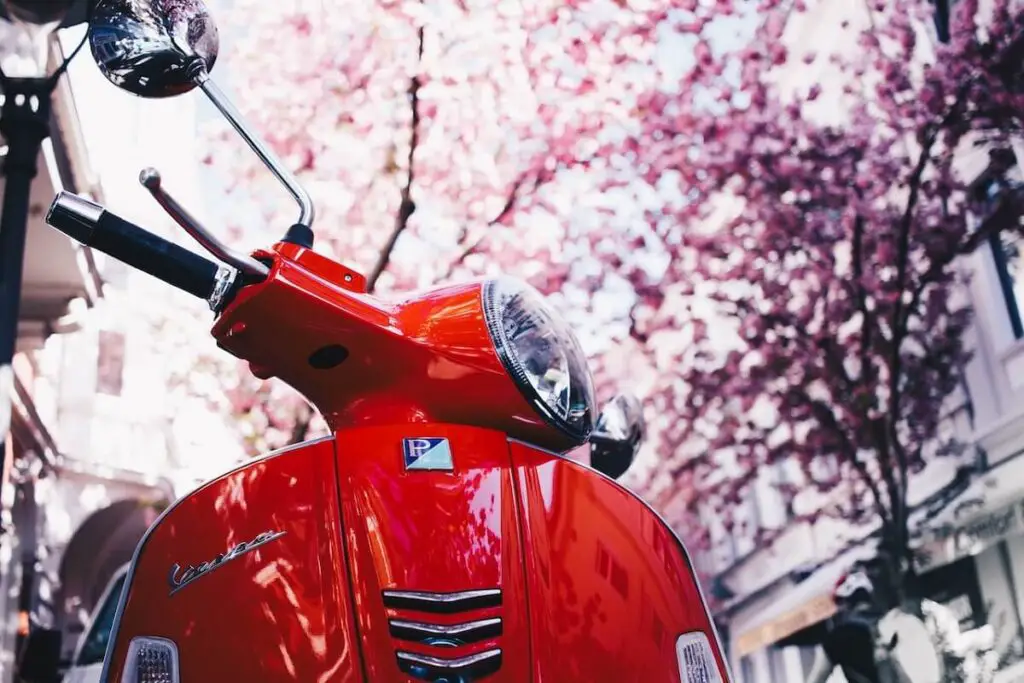
Are Mopeds Built for Speed?
‘High-speed riding’ and mopeds are not exactly synonymous with each other — and for obvious reasons. After all, mopeds are not primarily built for ripping through the freeway but rather for providing convenient and efficient transportation for short-distance urban driving. And yet, riders would still be curious about how fast these machines can go (and how to alter their top speed rating when necessary).
Moped owners have gone from installing high-performance exhausts to altering stock gear ratios with a Polini Variator Kit (view on Amazon) to enhancing the cylinder and piston displacement. Some upgrade to a larger carburetor, while others change the moped’s sprocket sizes and replace factory roller weights with lighter or heavier variants.
Conversely, riders who preferably err on the side of caution advise against tinkering with the two-wheeler’s stock configuration and attempting to improve performance figures. This is because certain jurisdictions may have regulations and restrictions on vehicle modifications.
Moreover, some mods may adversely affect the machine’s reliability, warranty, and overall safety — potentially putting the rider in harm’s way on the road.
Engine Capacities & Top Speed Ratings
Regardless of these differing opinions, the statement “To each his own” still prevails. So whether you are dead-set on fine-tuning stock components or working with what your urban thumper can offer, it is key to know your moped’s top speed in stock form before deciding to do any kind of modification. And this rating varies depending on your moped’s engine design and the market where it was released.
Mopeds generally do not go over 50cc in piston displacement and 25 to 40 mph (40 to 65 km/h) in top speed. But in Indonesia and Canada, same-displacement iterations can have a speed rating of up to 62 mph (99.8 km/h).
In the past, these two-wheeled machines had a displacement of up to 98cc. While this is no longer the case, some places like Greece and the U.S. state of Kansas still allow up to 125cc and 130cc variations with a slightly higher top speed.
Fuel-Fed vs. Electric-Powered Mopeds
Aside from engine capacity, another contributing factor to how fast mopeds go is their energy source. The choice of “fuel” can affect not only the performance but also the top speed of this two-wheeler. Mopeds commonly use gasoline or electricity as their power source, which would translate into different top speed ratings.
Gasoline-fed mopeds tend to have higher top speeds compared to electric mopeds due to the higher energy density and power output of gasoline. As a result, petrol engines generate more horsepower and torque that enable them to attain greater velocities.
Conversely, electric mopeds can put out instant torque but may have speed limitations due to resultant motor power and battery capacity.
Manual vs. Automatic Transmissions
Similar to the above, the type of transmission that your moped has also affects its maximum speed. But unlike fuel, the impact of the transmission layout is secondary.
For instance, the gear ratios within a manual-transmission moped do not directly affect its top speed. However, they can influence the bike’s acceleration and overall performance — elements that can restrict the moped’s speed rating.
CVTs, or Continuously Variable Transmissions, are a more common transmission layout in mopeds and can affect the machine’s top speed more positively. This is because in a CVT-equipped moped, acceleration and handling are smoother — translating into an uninterrupted power incline that aids in achieving higher speeds.
Other Variables
Expectedly, there’s more to how fast mopeds go than their transmission and displacement. The factors listed below are also contributors to the two-wheeler’s top speed rating, even for same-displacement models:
- Maximum weight limit
- Aerodynamics
- Tire size and type
- Mechanical efficiency
- Fuel quality
- Terrain and road conditions
- Riding technique
Most of these items are self-explanatory regarding how they affect your moped’s miles per hour. But more importantly, they are critical when performing speed-affecting modifications on your two-wheeler.
Increasing Your Moped’s Top Speed
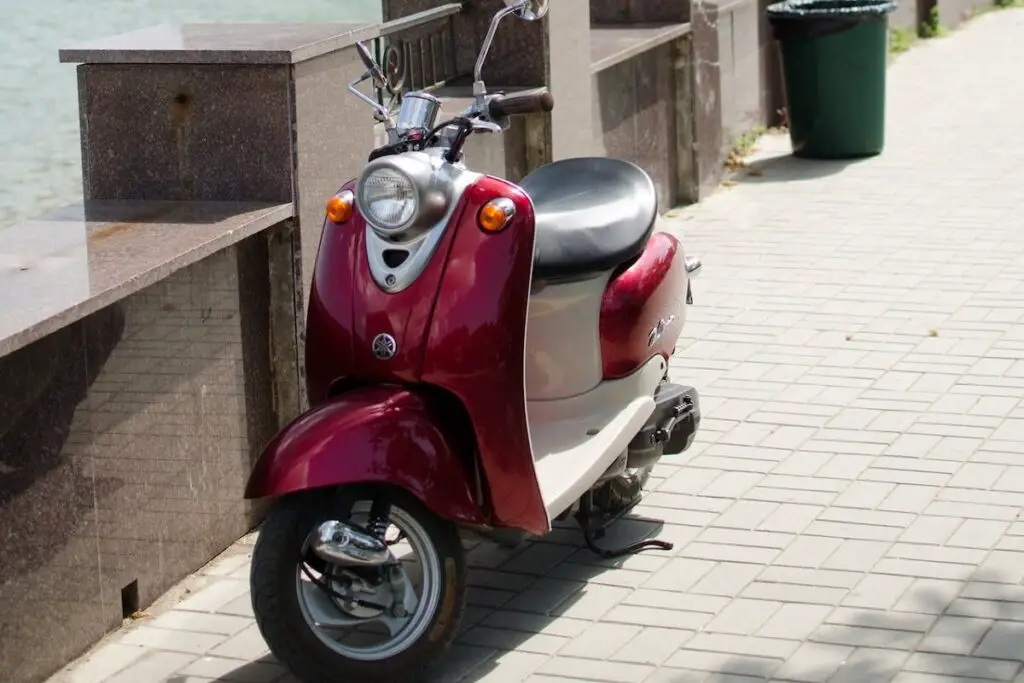
Now on to the fun part. You may be unable to extract a 200+ mph rating from this small-displacement thumper. But you can still make it faster, which will tremendously help when navigating heavily congested city streets.
Here are some of the most common mods done on mopeds to achieve this. And depending on the stock layout and payload capacity of your wheeler, you may only need to perform a couple of these changes:
Performance Exhaust
Upgrading to an aftermarket exhaust system allows for a better flow of exhaust gases, backpressure reduction, and improvement in engine efficiency. The latter, in turn, translates into increased power production — resulting in higher top speeds for your moped.
Variator Kit
Riders can fine-tune their moped’s transmission for better performance via a variator kit installation. This kit includes adjustable roller weights and sliders to optimize the gear ratio, improving the two-wheeler’s acceleration and top speed. The right combination of roller weights and sliders is key, so research is necessary before making an aftermarket purchase.
Carburetor Upgrade
Replacing the stock carburetor with a larger one (or even fine-tuning the existing carb) can enhance fuel delivery and optimize the air-fuel mixture for increased performance. Either change offers increased fuel flow, improved power generation, and enhanced performance. But between the two, a larger carb will yield better top-speed results.
Cylinder Kit
Installing a cylinder kit on your 50cc or 150cc moped entails replacing the stock cylinder and piston with a larger-displacement version. This upgrade allows for a greater intake of air and fuel, resulting in increased power output from the engine.
With the added power, the moped can achieve higher speeds, improving its rating considerably compared to its stock configuration.
High-Flow Air Filter
This modification enables better airflow to the engine, ensuring a richer air-fuel mixture. This optimized mixture enhances combustion efficiency, resulting in increased power output. This improved power delivery, in turn, allows the moped to achieve higher speeds compared to when it is using a stock air filter.
Performance CDI
A performance CDI (Capacitor Discharge Ignition), especially on a 50cc moped, enhances ignition timing, allows for more precise spark timing, and improves combustion efficiency. This optimized ignition timing increases power output, maximizing the moped’s overall performance capabilities and leading to improved acceleration and higher top speeds.
Sprocket Change
Altering the sprocket sizes by either increasing the rear sprocket size or decreasing the front sprocket size can modify the gear ratio for better top speed. This alteration effectively changes the ratio between engine revolutions and wheel rotations, lending to higher speeds at a given engine RPM. This modification optimizes the power delivery to the wheels, but only if done correctly.
Clutch Upgrade
A high-performance clutch allows for smoother engagement and improved grip, enabling the engine to maintain higher RPMs and power delivery. This enhanced power transfer from the mill to the drivetrain results in improved acceleration and higher speed ratings. Between CVT-equipped and manual-transmission mopeds, this upgrade will benefit the latter more.
Weight Reduction
By reducing the overall mass of a motorcycle that the engine needs to propel, a moped’s power-to-weight ratio dramatically improves. Hence, removing unnecessary weight from the moped, such as replacing heavy stock components with lighter aftermarket parts or eliminating non-essential accessories, can do wonders for your two-wheeler’s top speed.
Aerodynamic Enhancements
Wind resistance is one of the biggest variables of top speed. By adding components like a windscreen or fairings, the moped’s body profile is streamlined, and its drag is minimized. This reduction in wind resistance enables the moped to cut through the air more efficiently, achieving higher speeds and maintaining said speeds with less effort.
For any of these enhancements, I recommend approaching them with great caution. Like all other motorized modes of transportation, the higher you go up your mods list and the more tweaks you do, the more susceptible your moped becomes to having its other features compromised.
Conclusion — How Fast Do Mopeds Go?
Mopeds have varying top speed ratings depending on engine displacement, modifications, and external conditions. Based on these same elements, these machines can accommodate upgrades that will help improve their typical 25 to 63-mph top-speed rating.
However, note that while the modifications stated in this guide can enhance top speed, they are subject to compatibility. And even if they can be applied, these upgrades will not magically transform your moped into a speed demon. Nor should it do so. After all, mopeds are designed for those quick errands and leisurely urban cruising.


